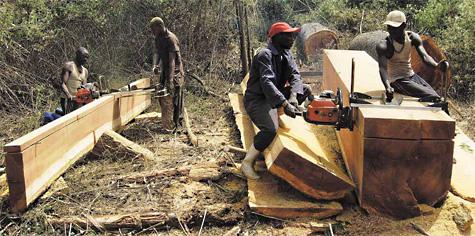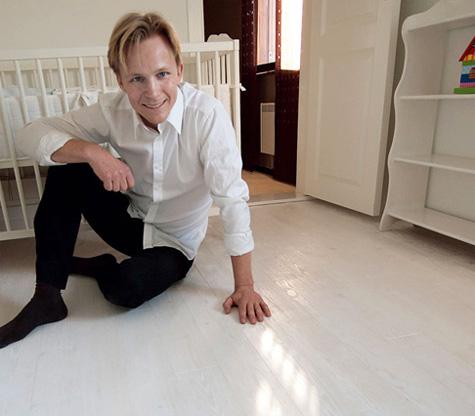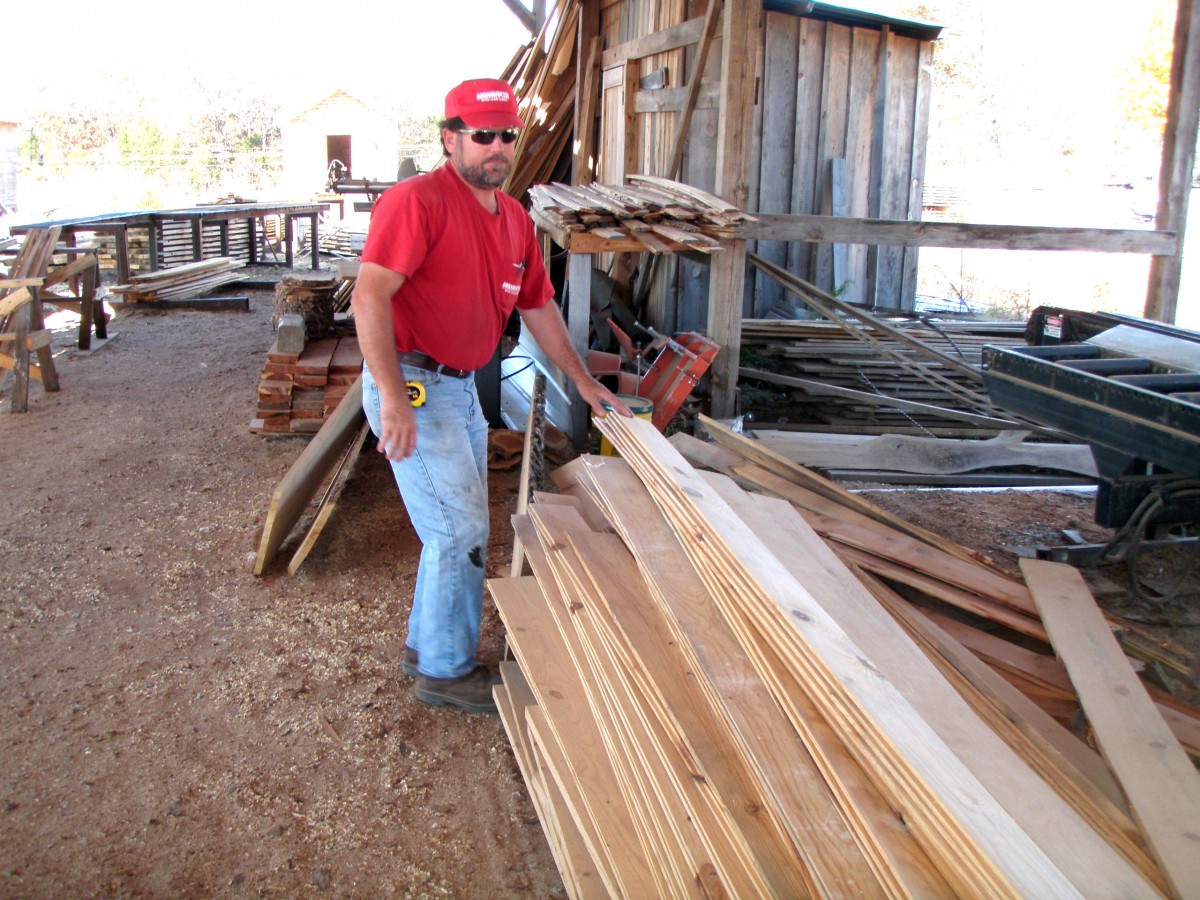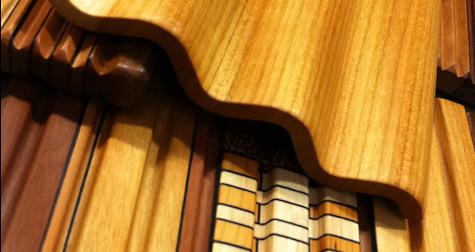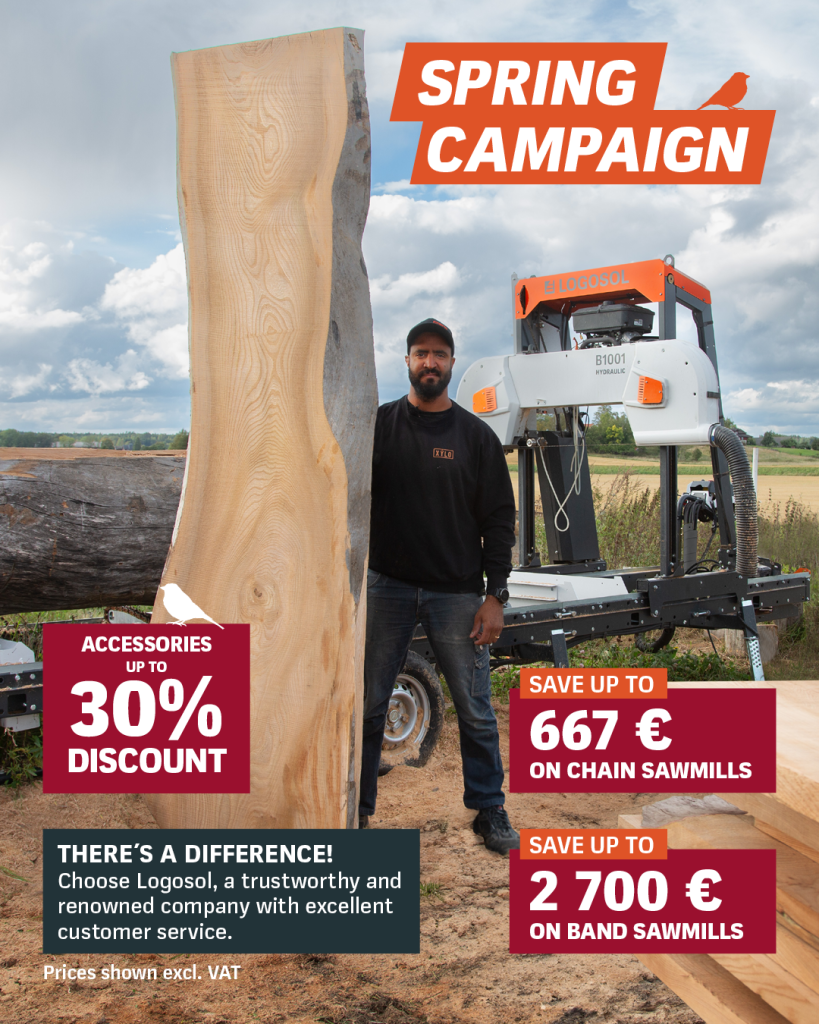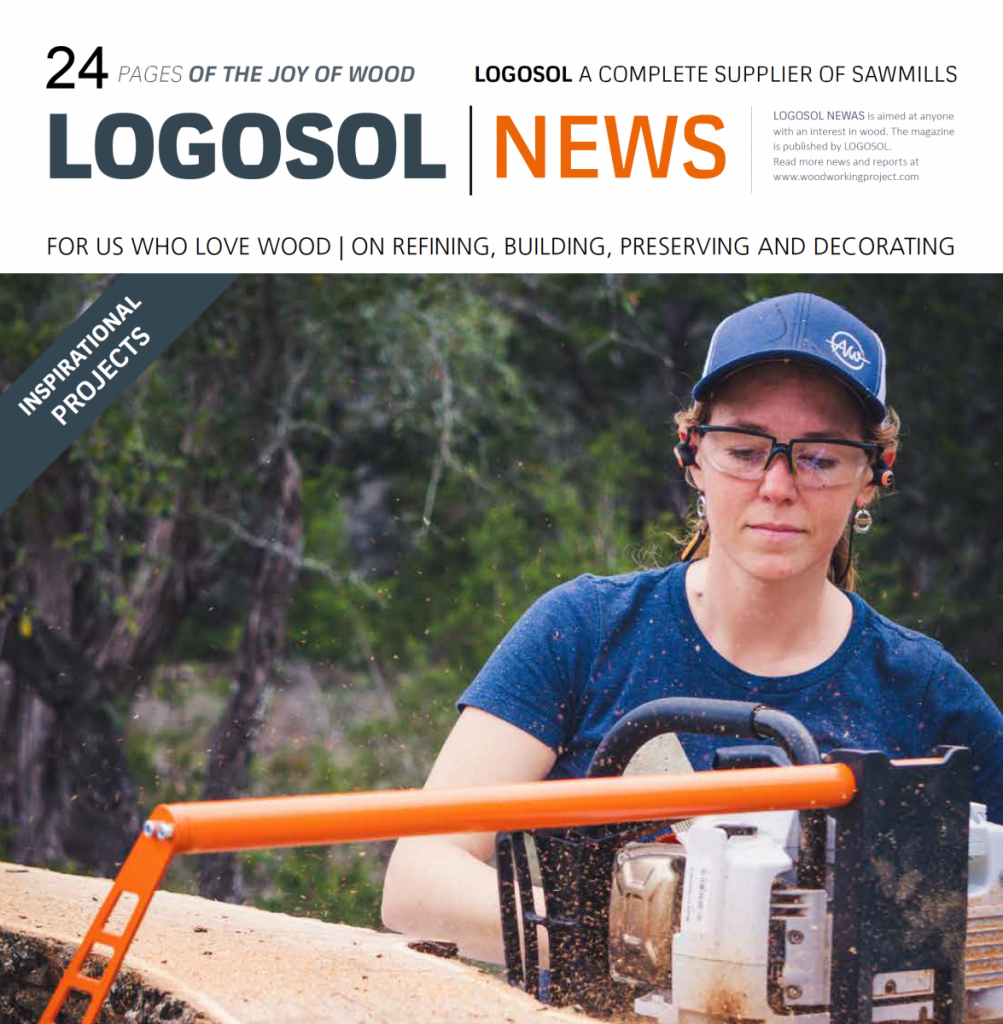All over Sweden traditional agriculture is being replaced by horse farms.
But a horse farm can be so much more than a place where you live with the horses.
Christian and Therese Sämberg have horses, but their plans are bigger than that.
The name of their farm is Gurseröd, situated in south-western Sweden. It has been in Christian’s family for a long time, and his grandmother was the last one who lived on the farm. But in 2005 the young couple moved here to create the kind of life that more and more young people dream about.
“Our goal is to live off the farm,” says Therese.
The older ones of our readers have heard this before in the 1970s, back then called the green wave. But for the Sämberg couple and their son Lukas this is much more than a flower power dream. Together they have thought through how to make the farm support the family on a long-term basis.
MORE HASTE, LESS SPEED
Today, they both have jobs outside the farm. Christian is a CNC operator at a company in Norway. Therese is plant engineer at the municipality of Tanumshede.
In their spare time they run the business CST Jord & Skog (CST Agriculture and Forestry), which they will develop into a full-time employment. The foundation of the business is agriculture and forestry. The latter consists of 212 acres of productive woodland.
The idea is to refine the trees into high-value products. Since the farm is situated in an area with a large number of summer homes, there is a market for special joinery.
“We will take it slowly and first learn by building a new dwelling house – more haste less speed,” says Christian.
STARTING A JOINERY WORKSHOP
The first knowledge of woodworking was acquired on a Logosol sawmill, which now has been replaced with a Logosol-Norwood band sawmill.
Christian’s father Sture Sämberg took a course in building log houses at Logosol to be able to help out with building the timber frame. But it ended with the family realizing that building log houses was too much time-consuming for them. Instead they have bought a finished timber frame.
In addition, it is more profitable both for them personally, and for the future business, to focus on sawing timber, and making windows and other joinery components.
Consequently, Therese’s next step was to take a course in window making at Logosol. She brought drawings of the windows for the house to be built, and got help in making the first window. After that, they purchased all the equipment needed, not only for producing windows, but also for making everything that is of wood in the house except for the frame.
LEARNING BY BUILDING
The machinery is impressive. It consists of Logosol’s two-sided planer, a dimensioning saw, a jointer/planer, the vertical milling machine MF30 and a Sauno wood kiln.
A grand collection of machines just for building a house!
“Buying all the windows for the house would also cost a great deal. Besides, they are machines that we will use in our business. We are learning by building our own home,” Christian explains.
The new house will be under roof this winter. After that the machines will move in. The completion will take the time it takes, and they already have good housing in grandmother’s house. After the new house is built this will be the joinery workshop.
WORKING TOGETHER
All the timber for the new house is taken out of their own forest. Much of it is already sawn and dried. This is a joint project all the way from the forest. Christian takes care of the logging, using a tractor-driven processor; Therese is responsible for the log-skidding, which is done by the two Ardennes stallions Willson and Kavill.
Christian is responsible for sawing and planing the timber, while Therese is in charge of the joinery workshop.
On the farm, there are three other horses, so it is a horse farm too. But not only that. On the Gurseröd farm they have the will and the resources for making a living and a better life out of the soil and woods of the farm, a better life than what is offered by the career stress of the cities.


